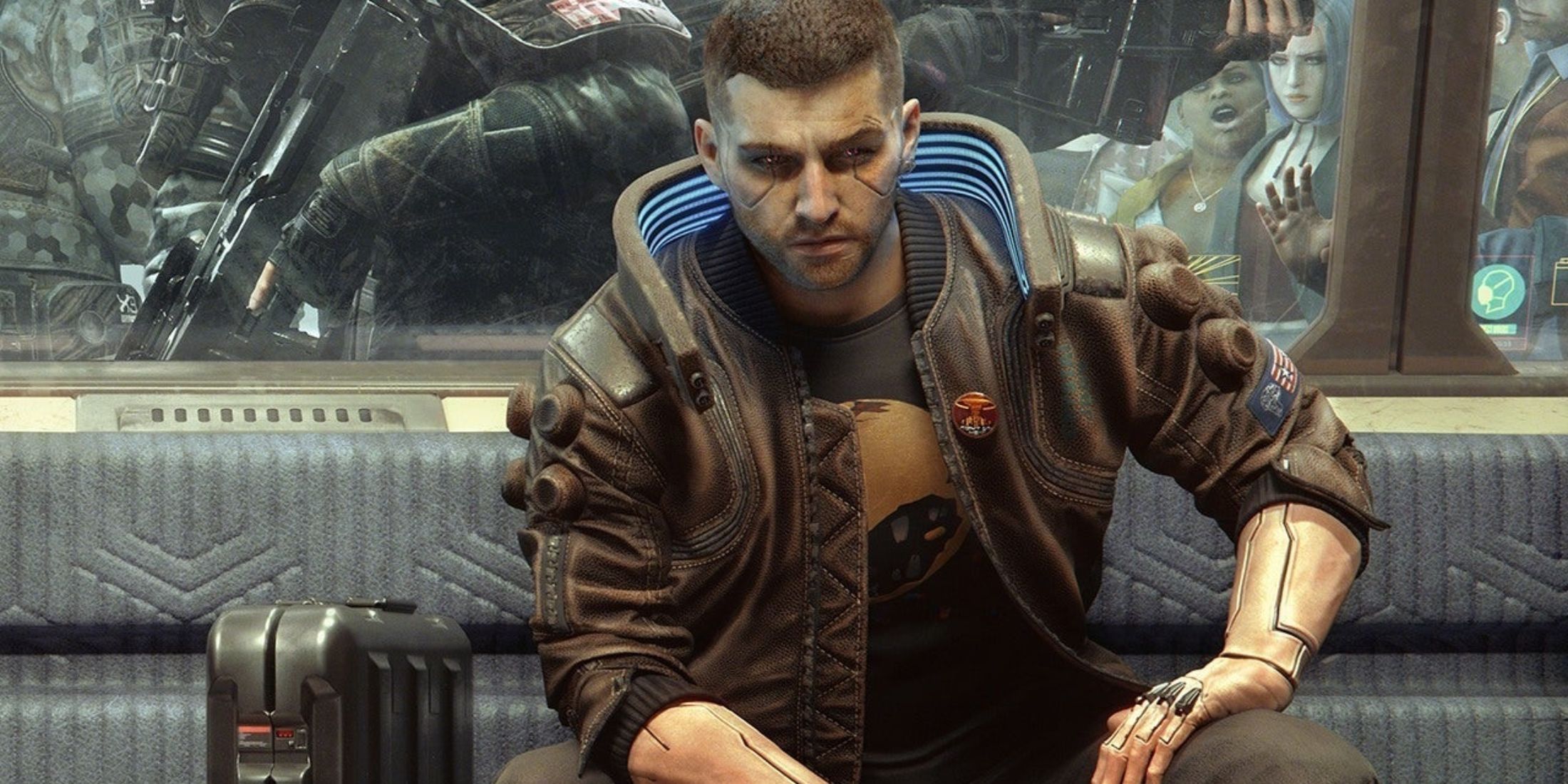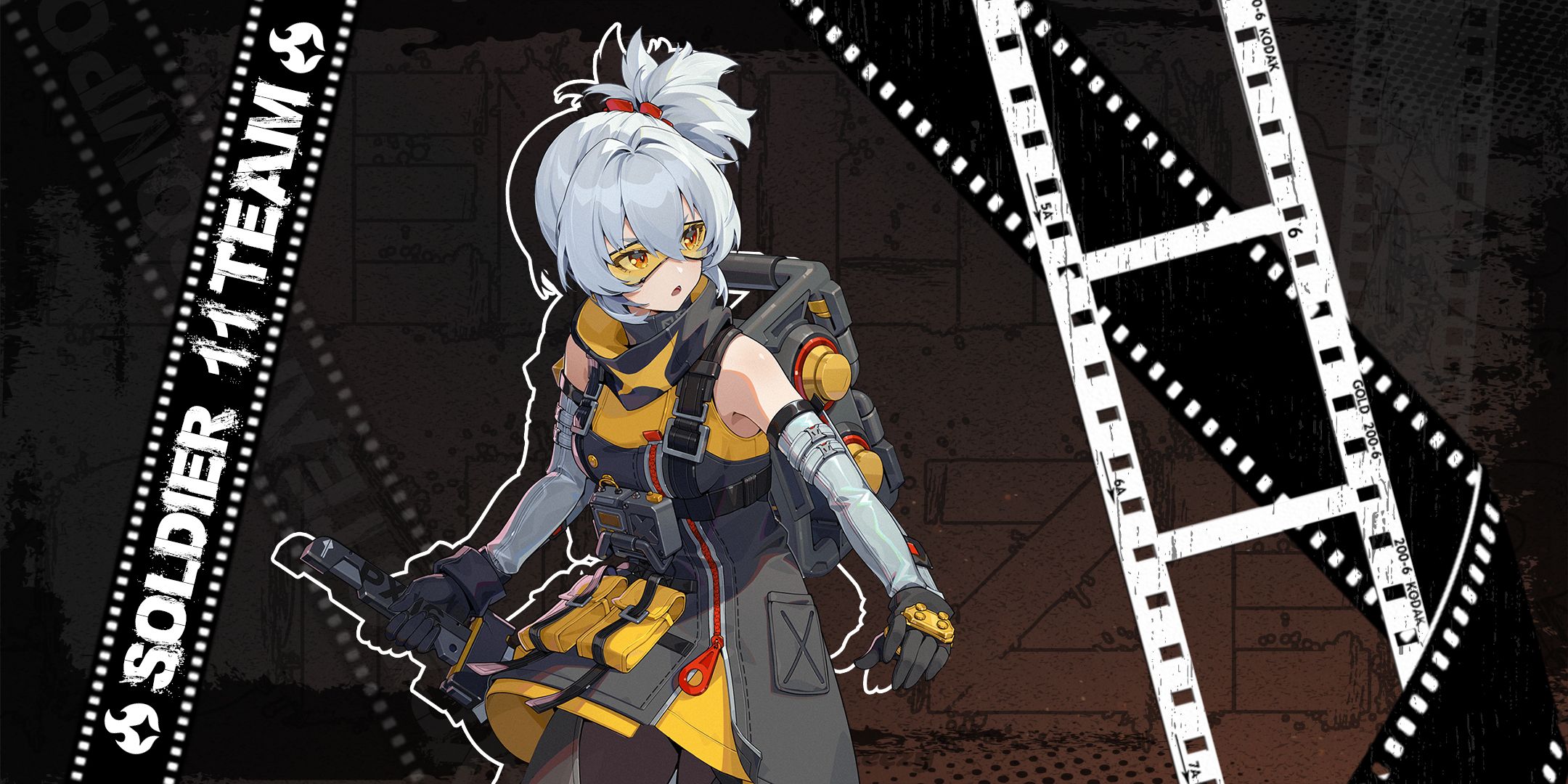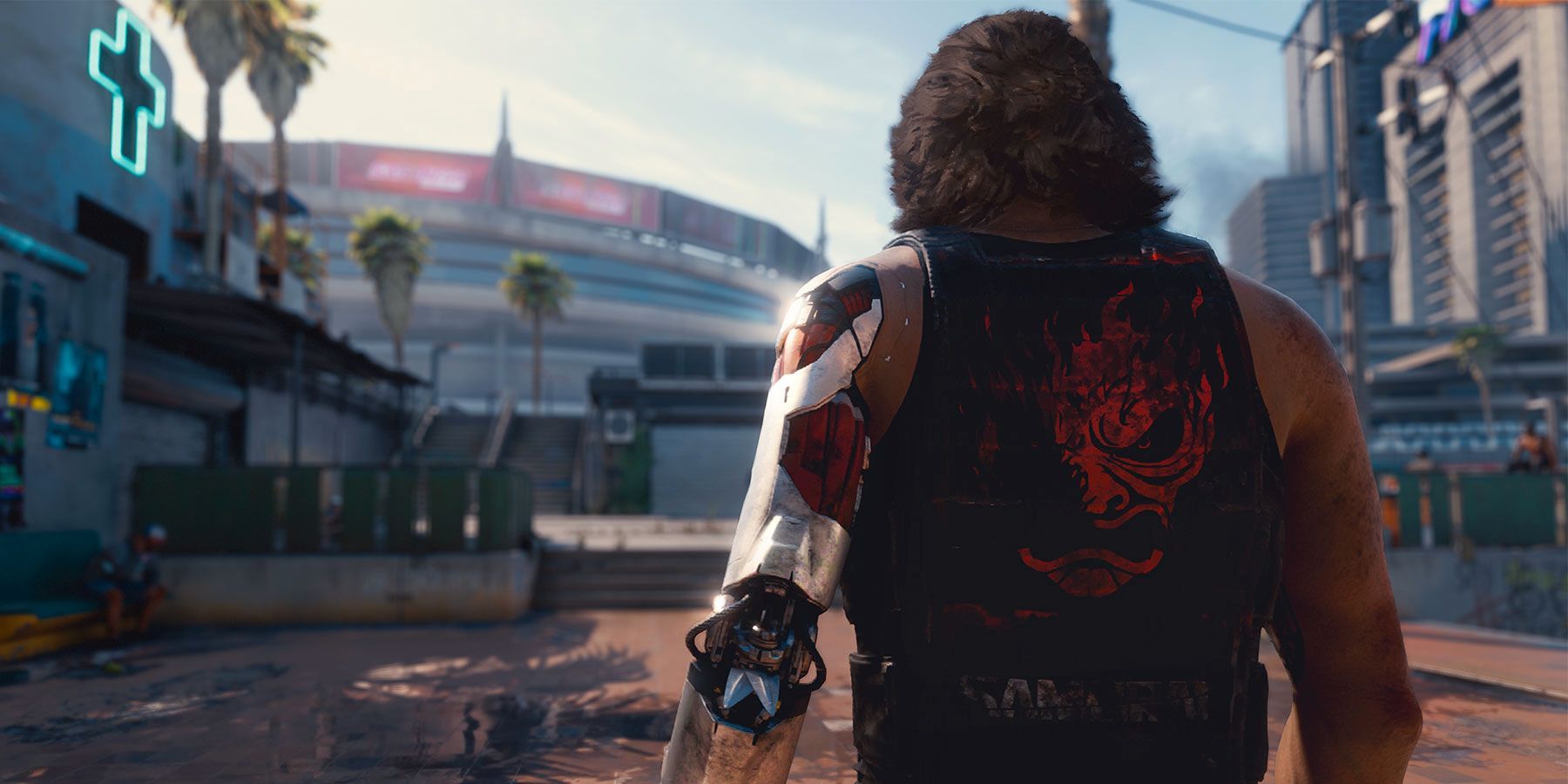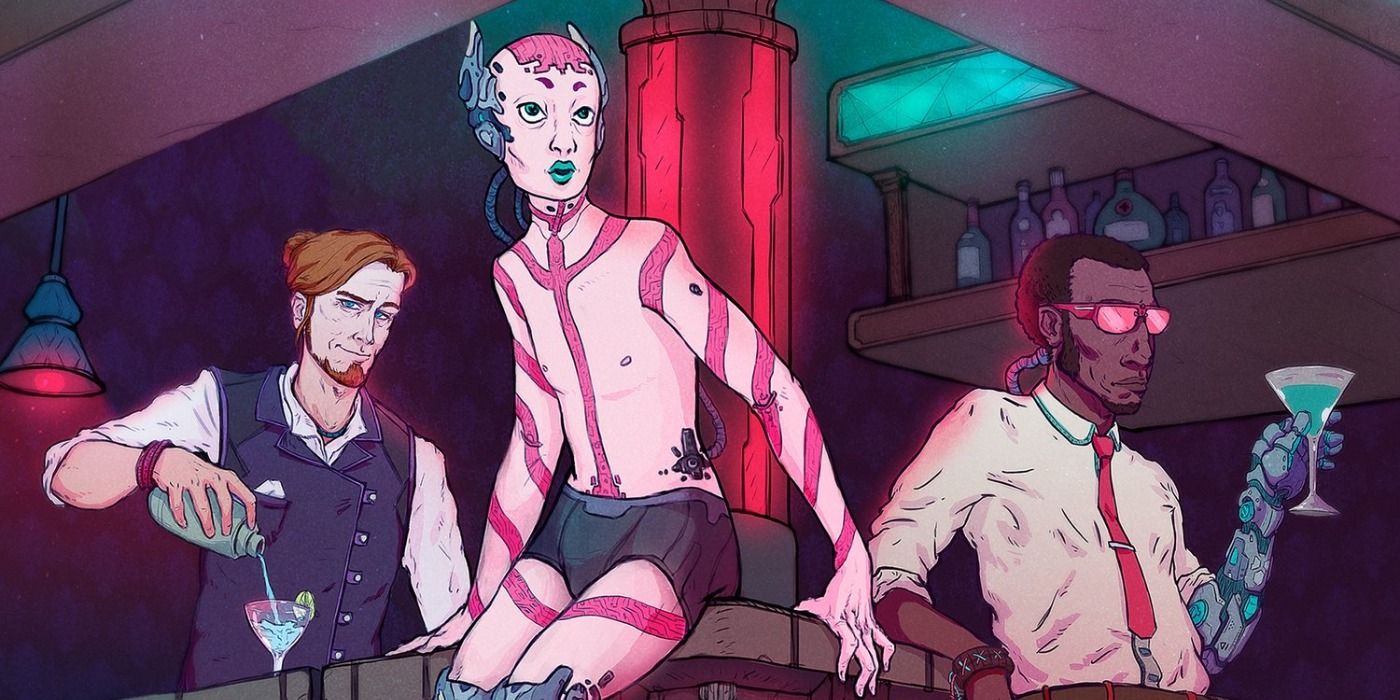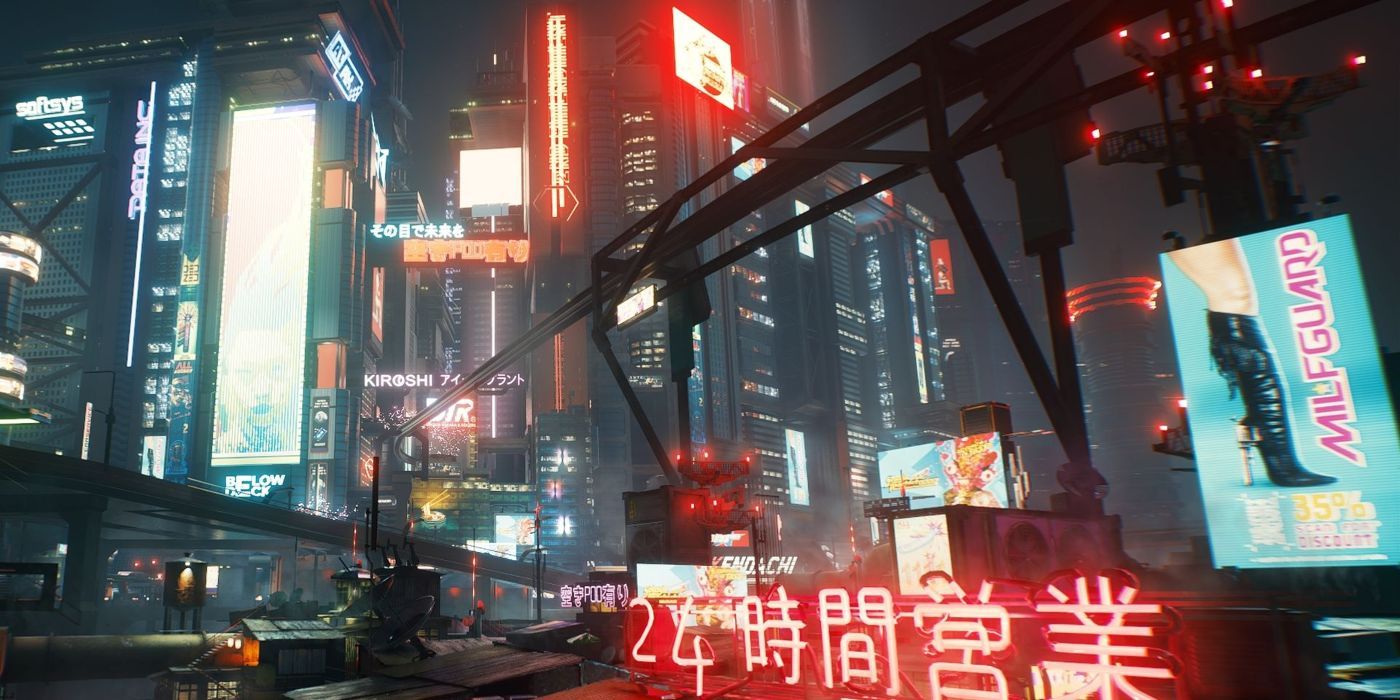For many, CD Projekt Red's Cyberpunk 2077 was an experience that didn't reach the heights of its lofty promotional material, yet the steps it has made since to redeem itself after a disappointing launch have been significant and welcomed. CD Projekt Red has done well to align the finished product with what was initially promised, and though the game has a long way to go, it offers engaging, innovative gameplay and solid story elements. However, while its improvements are evident, the pre-release footage and mass anticipation have also been influential for the industry as a whole.
Cyberpunk 2077's presence was felt among fans years before it hit shelves in the fall of 2020, with trailers, in-depth gameplay presentations, and striking merchandise all contributing to the sky-high excitement for the game. In the years leading up to its release, the Cyberpunk setting was used by a number of creatives on several projects. It's likely that many used it as a subtle attempt to capitalize on Cyberpunk 2077's hype, as the rocketing trend of neon-infused, rain-soaked locations was hard for players and developers to look past. Since CD Projekt Red set its recent release in a corporate dystopia, it's become a recurring theme in games, for better or worse.
From Boozy Bars, to Samurai Playgrounds
Cyberpunk 2077 is not the first game to take advantage of a dystopian setting, nor is it the first to present an immersive, virtual take on the fictional subgenre. It's the most prevalent in recent memory, but the likes of Hideo Kojima's Snatcher, and Deus Ex found success in the genre far before CD Projekt Red had even found its footing in the industry. The Poland-based company was the one to adapt the genre's beginnings, though, as Mike Pondsmith's darling tabletop RPG found a place in the video game sphere, which encouraged droves of developers to do something similar.
From visual novels like The Red Strings Club promising enthralling conversations with patrons of a bar to punishing action-platformers like Katana Zero, where the player flirts so closely with death, there have been many games that have had a similar presentation within the genre, but often with radically different aesthetic styles and narrative approaches. This speaks volumes, not just about the proficiency of such developers, but also Cyberpunk as a whole. While the genre's locations may seem to be one-note, they actually have the potential to tell many compelling stories that are wrapped up in a number of different art designs.
Neon Dreams, and Cyberpunk Scenes
The mainstays of the now-dubbed 'Cyberpunk' genre are quirks like ghastly corporate commercials lining the streets, seedy characters in all corners, and cybernetic enhancements that make the people of the fictional city feel less human and more like engineered entities. The setting lends itself so beautifully to the video game medium, as it allows for challenging enemies, an overarching villain corporation (not unlike Shinra in Final Fantasy 7 or Hyperion in Borderlands 2), and gorgeous landscapes that can easily bring moments of horror, euphoria, or tension. The Night City that Cyberpunk 2077 presents is nothing short of stunning, and it does well to capture the litany of benefits that the dystopian presentation can offer. Since Night City made its debut, developers everywhere have begun to understand the setting's unrelenting potential.
That potential allows for narrative threads to come directly from the area itself, as the predispositions of the Cyberpunk setting has been forged by other experiences like the Blade Runner film franchise or the Altered Carbon books. With neon-draped sidewalks and overbearing advertisements comes the expectation of rich lore and intricate world-building. In Cyberpunk 2077, Night City is far more than mere aesthetics, and the tale that unfolds through its main campaign is directly affected by the way the city operates and the effect it has on its residents. Titles like Ghostrunner and VA-11 Hall-A would be significantly less intriguing to fans without their cyberpunk-inspired locations, as the simple gameplay of the latter and frantic first-person action of the former would have been less likely to stand out with a lacking setting.
Much like BioShock's Rapture or Marvel's Spider-Man's take on New York, Cyberpunk 2077's identity is intertwined with the city that the story unfolds in. Night City feels wholly unique, but that's not to say it hasn't inspired other developers and games to mimic the magic, albeit with a different philosophy. Cyberpunk 2077 has provoked a genre of vibrant, dangerous, dystopian, and gorgeous titles, and though it will likely be seen in years to come as a victim of its own hype, it's been a significant reason why a handful of modern titles have had an opportunity to succeed.
Cyberpunk 2077 is available now on PC, PS4, PS5, Stadia, Xbox One, and Xbox Series X/S.

